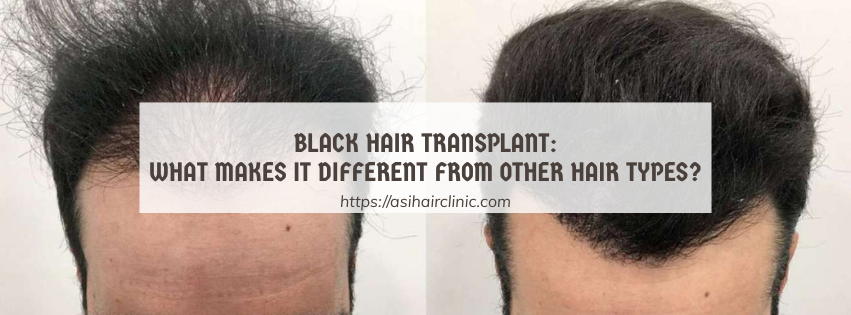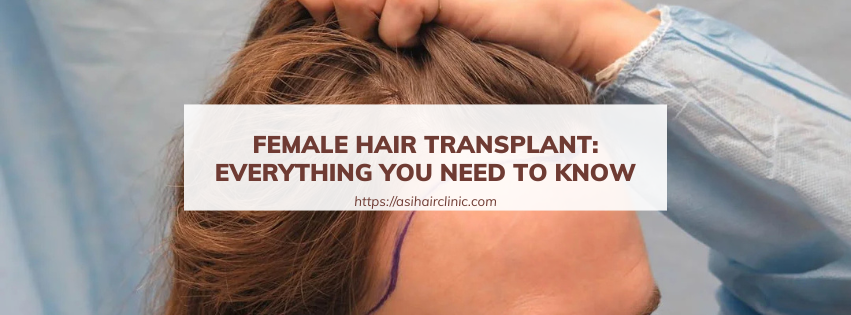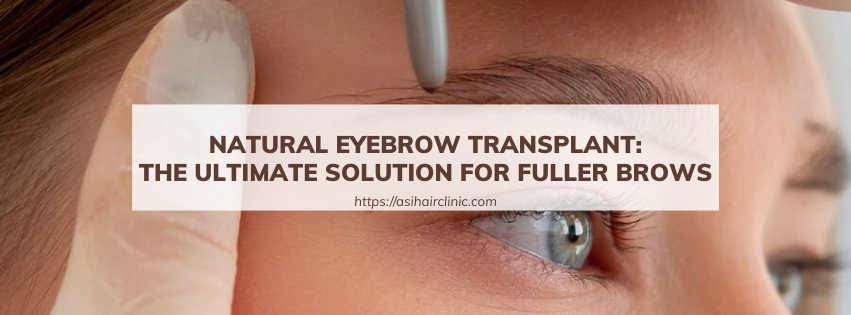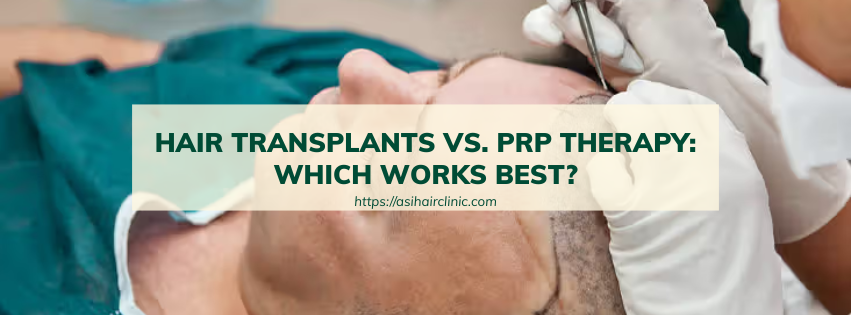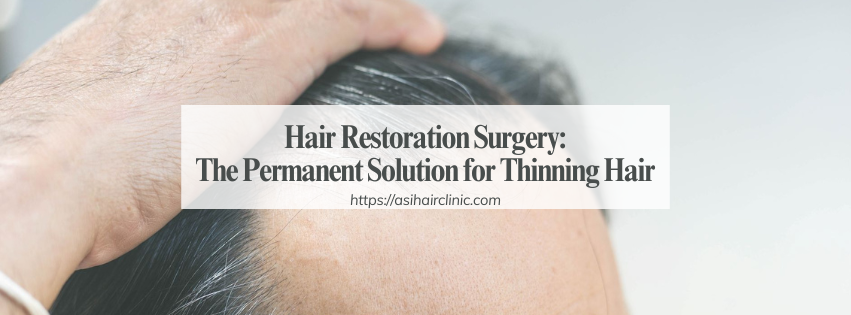Fix Scar Hair: How to Restore Hair Growth on Scars
When dealing with scars, many people find themselves asking how to restore hair growth on scars. Whether the result of an injury, surgery, or even acne, scars can disrupt the natural hair growth cycle, leading to noticeable bald patches that can impact confidence and self-esteem. Fortunately, while complete restoration may not always be possible, there are multiple treatment options available that can significantly improve hair regrowth and minimize the appearance of these bald spots.
In this article, we will explore the intricacies of scar hair loss, investigate its causes, and discuss various treatments that may help restore hair growth on scars. From topical medications and surgical procedures to alternative therapies and lifestyle adjustments, our comprehensive guide will provide you with all the information necessary to make informed decisions about your journey to restore hair growth.
1. Understanding Scar Hair Loss
Scars are a natural part of the body’s healing process, but they can have unintended effects when it comes to hair growth. The formation of scar tissue replaces normal skin and often disrupts the function of hair follicles in the affected area. This disruption can lead to bald patches, contributing further to feelings of insecurity and frustration.
1.1. Formation of Scar Tissue
Scar tissue forms as part of the body’s defense mechanism during the healing process. When skin is injured, the body produces collagen, a protein that helps repair the damaged area. However, this newly formed tissue lacks the characteristics of healthy skin. The texture, color, and blood supply of scar tissue differ from surrounding skin, which can compress hair follicles and inhibit their ability to grow hair properly. Unlike normal skin, which is rich in nutrients and oxygen supplied by blood vessels, scar tissue is often more fibrous and less vascularized. This not only compromises the health of hair follicles but might also cause them to enter a dormant state, ultimately resulting in scar hair loss.
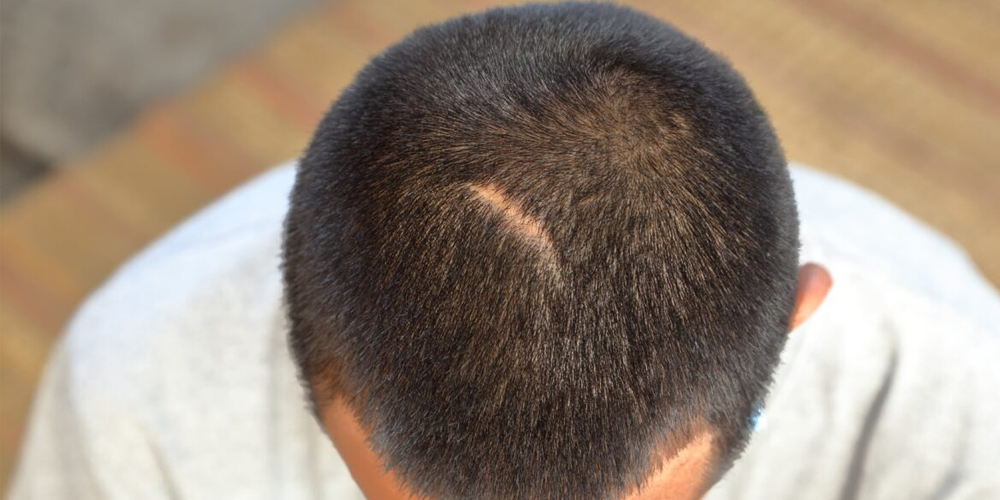
1.2. Impact on Hair Follicles
The presence of scar tissue can also lead to the direct damage of hair follicles themselves. During the initial injury or surgical procedure, hair follicles may become injured or destroyed, permanently affecting their capacity to produce hair. The structure of the hair follicle is intricate, and any alteration can result in impaired growth and development. Moreover, the type of scar also plays a significant role; hypertrophic and keloid scars tend to cause more significant damage than other types.
1.3. Causes of Scar Hair Loss
Several factors can contribute to scar hair loss. In understanding these causes, we can better address the potential solutions for restoring hair growth.
Damage to Hair Follicles: When skin undergoes trauma, the hair follicles present may suffer significant damage. Depending on the severity of the injury or surgery, follicles can either be temporarily affected or permanently destroyed. For example, deep cuts or burns can lead to irreversible harm to hair roots. This physical damage interrupts the natural hair growth cycle, causing noticeable patches of baldness.
Changes in Blood Supply: Scar tissue often has a diminished blood supply compared to healthy skin. Adequate blood flow is crucial for delivering essential nutrients and oxygen to hair follicles. When the blood supply is compromised, hair follicles may struggle to function properly. This lack of nourishment can lead to hair thinning or complete loss within the scarred area.
Inflammation and Immune Response: Chronic inflammation around the scar tissue can further exacerbate hair loss. An overactive immune response can sometimes mistakenly target hair follicles, preventing them from functioning as intended. Inflammatory responses can create an unwelcoming environment for hair regeneration, leading to prolonged hair loss in the affected areas.
2. Treatment Options for Scar Hair Loss
Fortunately, there are numerous treatment options available for improving hair growth on scars. Each method's effectiveness can vary based on several factors, including the size and location of the scar, the severity of hair loss, individual health history, and personal preferences.
2.1. Topical Medications
Topical medications can offer a non-invasive way to stimulate hair growth in scarred areas.
Minoxidil: Minoxidil is a widely recognized over-the-counter medication that may promote hair growth in individuals suffering from scar-related hair loss. It works by widening blood vessels, thereby enhancing blood flow to the hair follicles. This increase in circulation can encourage hair growth in some users, although results can vary. It's important to note that while minoxidil is relatively safe, it may not deliver results for every individual or scar.
Other Topical Agents: Aside from minoxidil, there are other topical agents that might assist in promoting hair growth in scarred regions. These agents often include corticosteroids or compounds designed to reduce inflammation and improve blood flow to the area. Though their effectiveness is limited when compared to minoxidil, they may still contribute positively to hair regrowth when used alongside other treatments.
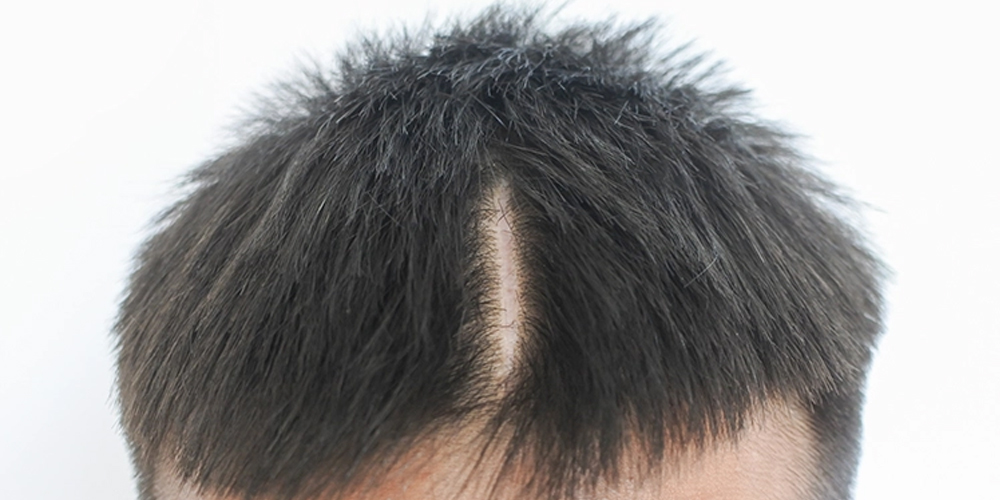
2.2. Surgical Procedures
Surgical options offer more invasive yet potentially effective solutions for restoring hair on scars.
Scar Revision: For raised or thickened scars, scar revision surgery can serve as an effective means of flattening and refining the scar. By improving the texture and appearance of the scar tissue, this procedure may encourage better blood flow, allowing hair follicles to function more effectively.
Follicular Unit Transplantation (FUT) and Follicular Unit Extraction (FUE): Both FUT and FUE are advanced surgical techniques involving the transplantation of healthy hair follicles from a donor area (usually the back of the head) into scarred regions. This method not only addresses hair loss but can also yield natural-looking results. Although FUT and FUE are effective, they are invasive procedures with associated risks and costs that should be carefully considered before proceeding.
2.3. Platelet-Rich Plasma (PRP) Therapy
PRP therapy is an innovative approach to treating hair loss that utilizes the patient's own blood to promote healing and stimulate hair follicles.
What is PRP Therapy: The process involves drawing blood from the patient, processing it to concentrate platelets, and then injecting the platelet-rich plasma into the scarred area. Since platelets contain growth factors, they can play a pivotal role in tissue healing and revitalizing hair follicles.
Efficacy of PRP Therapy: While some studies suggest that PRP therapy can promote hair regrowth, especially in androgenetic alopecia, its effectiveness specifically for scar-related hair loss remains inconclusive and warrants further research. Nonetheless, it offers an appealing option for those looking to explore cutting-edge treatments.
2.4. Microneedling
Microneedling is another technique that has gained traction for its potential benefits in promoting hair growth.
Overview of Microneedling: This procedure involves using a device equipped with tiny needles to create micro-injuries in the scar tissue. This stimulates collagen production and enhances blood flow to the area, potentially improving both skin quality and hair growth prospects.
Effectiveness of Microneedling: While microneedling has shown promising results in other applications, more research is needed to confirm its efficacy for scar hair loss explicitly. Individuals seeking this treatment should consult with experienced practitioners and maintain realistic expectations regarding outcomes.
2.5. Alternative Therapies and Lifestyle Changes
In addition to conventional treatments, certain alternative approaches and lifestyle changes may support hair growth in scarred areas.
Massage Techniques: Gentle massage of the scarred area can enhance blood flow and encourage hair follicle activity. Regularly massaging the region may help release tension and stimulate circulation, providing vital nutrients to the hair follicles.
Essential Oils: Some individuals turn to essential oils like rosemary and lavender, which are believed to have hair growth-promoting properties. Though anecdotal evidence suggests they may be beneficial, it's essential to use these oils cautiously and appropriately, as their effectiveness for scar hair loss isn't scientifically validated.
Nutrition and Stress Management: A balanced diet rich in vitamins, minerals, and proteins is crucial for overall health and hair growth. Specific nutrients such as biotin, iron, and zinc play significant roles in promoting hair health. Additionally, managing stress through meditation, yoga, or spending time outdoors can positively impact hair growth, as chronic stress can adversely affect hair health.

3. Factors to Consider When Choosing a Treatment
Selecting the most appropriate treatment for scar hair loss requires careful consideration of various factors.
Location and Size of the Scar: The scar's location and size dictate the feasibility of different treatment options. For instance, large scars may require more extensive surgical intervention, while smaller scars could respond well to topical applications.
Severity of Hair Loss: The extent of hair loss and the presence of underlying medical conditions further determine the best course of action. Identifying the severity can help tailor treatment plans that maximize effectiveness.
Individual Health History: Pre-existing medical conditions, allergies, and medications being taken must be taken into account when selecting a suitable treatment. Consultation with healthcare professionals is paramount in ensuring safety and efficacy.
Patient Preferences: Ultimately, the patient's preferences and comfort level with various treatments play a vital role in the decision-making process. Open communication between patients and healthcare providers can help align treatment choices with patients' values and expectations.
4. When to Consult a Doctor
If scar hair loss is a concern for you, it's essential to seek advice from a qualified dermatologist or hair loss specialist. They can evaluate your specific condition, identify underlying causes, and recommend tailored treatment options. Additionally, discussing existing medical conditions, medications, and concerns can help ensure a safe and effective treatment experience.
Conclusion
Scar hair loss can be a challenging cosmetic issue, impacting one's confidence and self-image. However, with an array of treatment options available, individuals have the potential to improve hair regrowth and minimize the visibility of bald patches. The journey to restore hair growth on scars is multifaceted, requiring a thorough understanding of the underlying causes, appropriate treatment options, and realistic expectations. Consulting with qualified medical professionals is essential to navigate this process effectively. By taking proactive steps and exploring available treatments, individuals can reclaim their self-esteem and embark on a path toward restored hair growth on their scars.
LATEST POSTS

